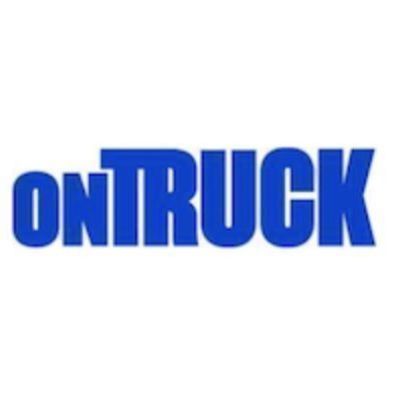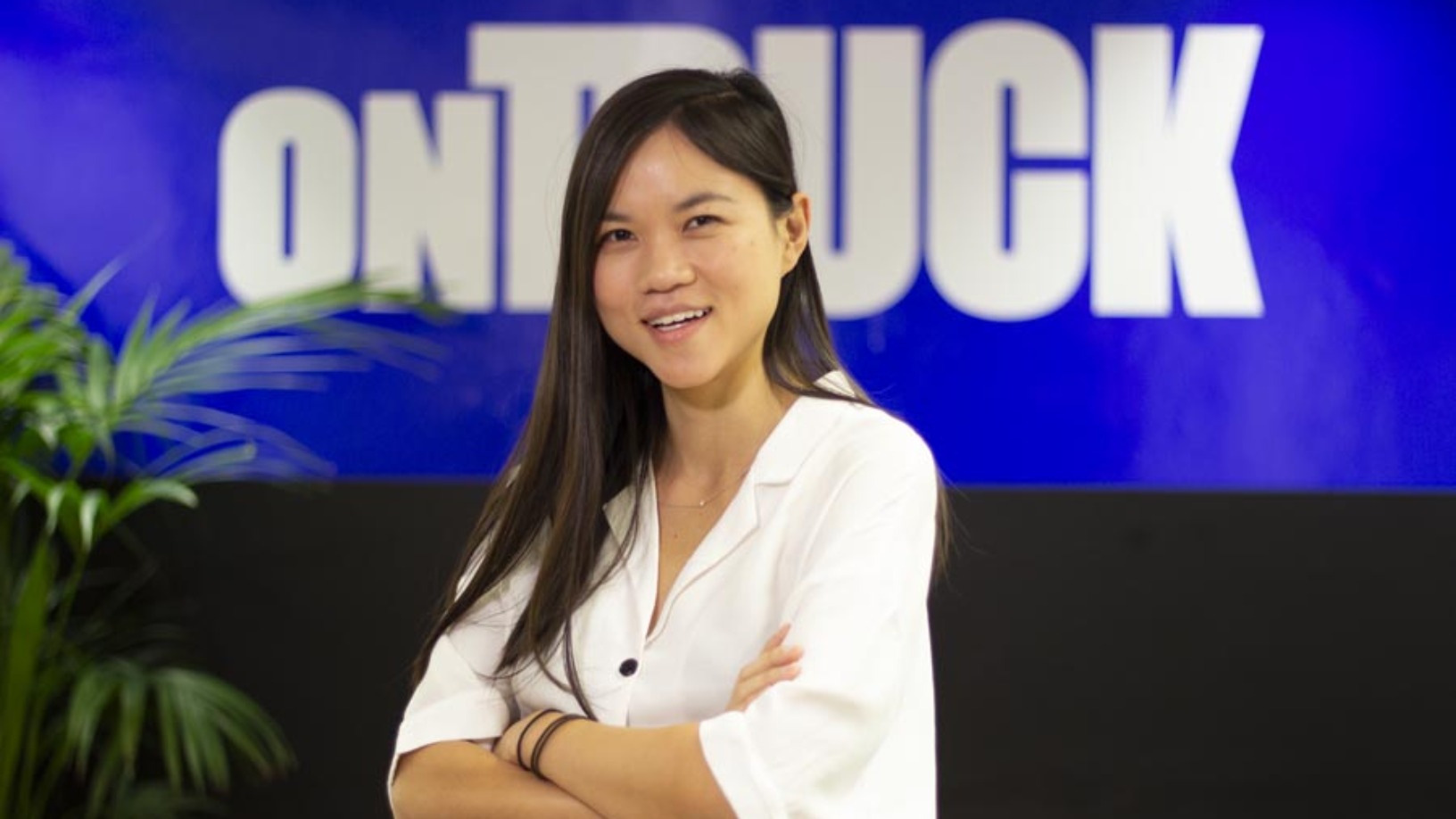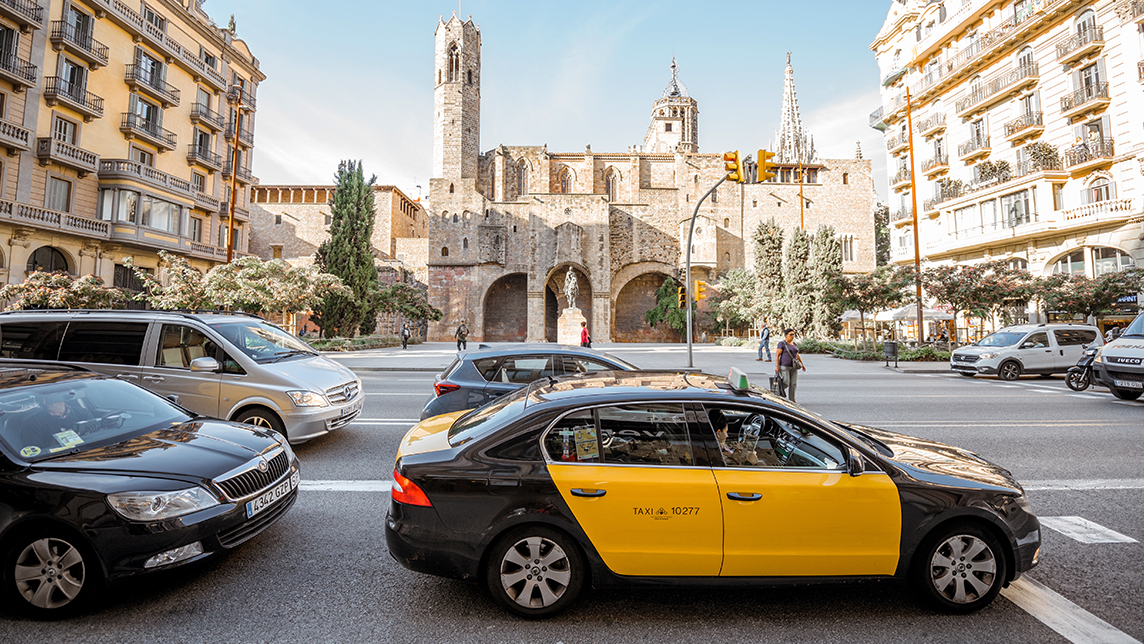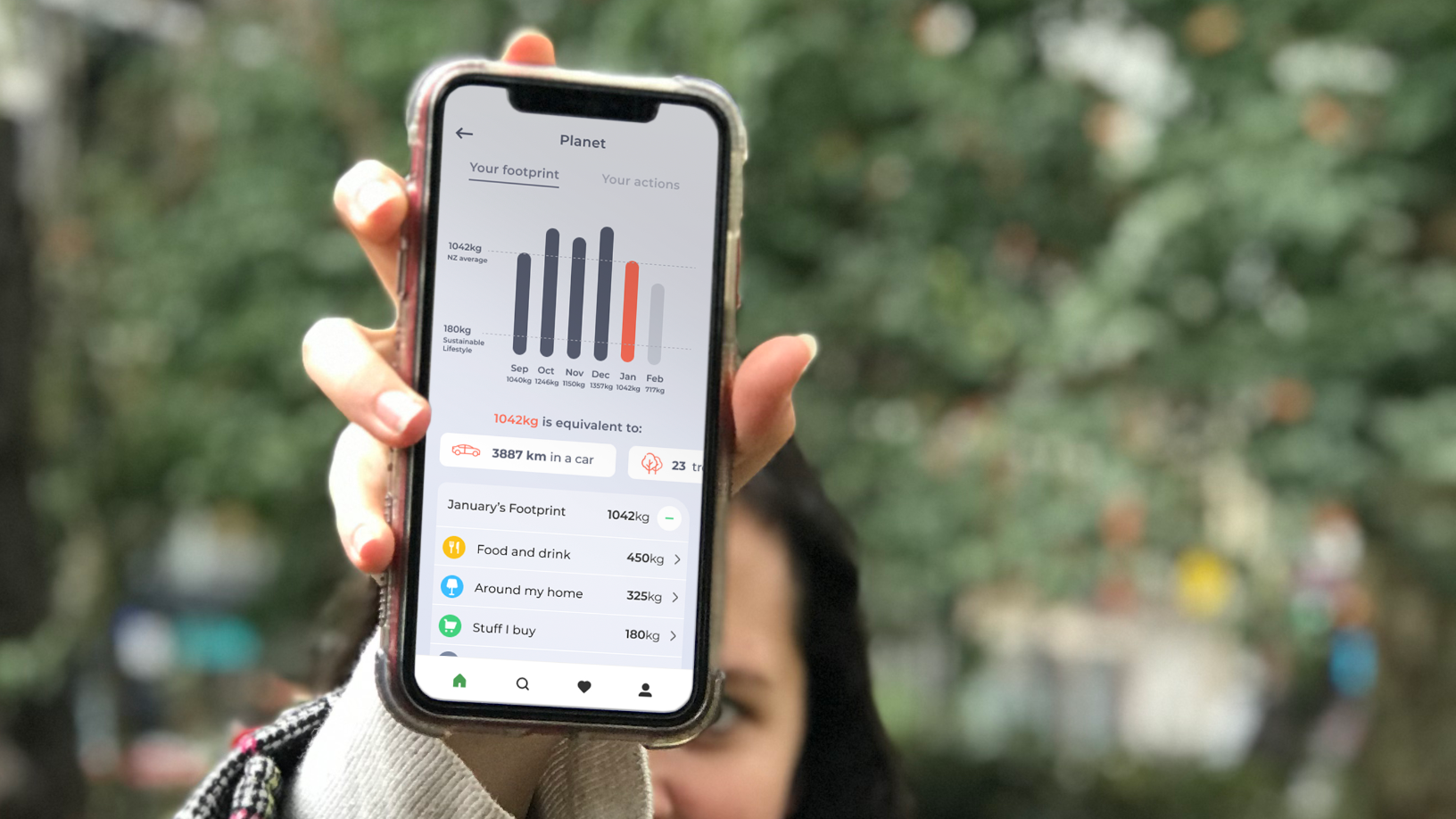Thanks to longstanding market inefficiencies, Madrid-based Ontruck spotted a business opportunity, leveraging digital penetration in the sector by deploying algorithms that optimize costs, couriers' routes and vehicle loads, to bring sustainability and efficiency to the short-haulage logistics sector.
Currently with two other offices in London and Paris, the startup provides on-demand B2B logistical solutions for haulage rental through a mobile app. Businesses upload their shipping orders onto the platform and carriers accept and fulfill the orders. Using machine learning and big data, the platform optimizes vehicles' capacity and routes, reducing the kilometers traveled empty or with only a partial load.
The ability to move goods in fast and cost-efficient ways is essential to economic development and international trade. Lean thinking in business has favored economies of scale and delocalization, pushing the boundaries of logistics and supply chains across industry sectors. However, the technology in the road freight sector is outdated, with brokers matching supply and demand manually by phone and email and clients finding it difficult to compare rates to cut their road freight costs.
The global road freight transportation sector is a huge market, valued at US$2.4 trillion in 2017. In Europe, about three quarters of inland freight transportation is by road and the sector has continued to grow strongly, with a 4.5% increase in tonnage per kilometer between 2016 and 2017.
In 2018, Ontruck's platform helped to reduce the environmental impact of road freight by between 20% and 25%, saving 275,000 liters of fuel, equivalent to €390,000, and reducing CO2 emissions by 665 tons. Ontruck's technology will also help companies to comply with new industry standards, as European governments are committed to reducing 60% of their greenhouse gas emissions from transport by 2050.
CompassList recently interviewed Ontruck’s CTO and co-founder Samuel Fuentes at the first South Summit vertical encounter in Malaga focused on smart mobility. He explained how the company’s technology has facilitated digital transitions in a conservative sector, and how technology will continue to evolve and impact logistics and operations in the near future.
This interview has been edited for length and clarity.
Q. What's your experience working on the Ontruck platform? What are the greatest benefits that you will be bringing to the sector?
A. Ontruck is a B2B marketplace for freight transportation. We created a platform that connects businesses looking for shipments of palletized goods with couriers. We digitalized the whole supply chain, bringing in new technologies that makes it more efficient. Firstly, we aggregate shipments [orders] from different customers and then we create an optimized route for the couriers so they can cut costs, and we save them the hassle of communicating with different customers to get multiple shipments.
Technology has been key to your product development and innovation. What are the biggest challenges you have faced during the different iterations?
At the beginning, the biggest challenge was having an idea and the need to quickly test it. How do I build it fast enough, so that I won’t lose engineers? Engineers love to build fantastic things, but especially in the beginning, there should be a compromise.
The second big challenge is the customers: we mostly deal with truck drivers and warehouse managers and we needed to make the technology very easy for them. We therefore focused on creating seamless UX to simplify something that could be highly complicated.
For about six months prior to the release of the Ontruck mobile app, you used a dedicated Telegram channel to communicate with truck drivers. How did you facilitate this shift?
We initially wanted to use a minimal app so that truck drivers do not need to talk and make as many calls as before. Since everyone today uses WhatsApp, we thought about using it, but at that time there was no WhatsApp Business, and hence no API that we could integrate with. That’s why we decided to try Telegram; actually, the couriers thought that Telegram was our application!
How did you manage to attract couriers in the beginning?
Drivers were most concerned about how the new technology will impact their income stream. They mainly have two ways to grow their revenue: one is getting new customers and more orders, which implies calls and negotiations, and they truly hate that part. The second is about making sure they get paid, so at the end of each month we provide them with all the paperwork and list of shipments fulfilled.
We also have to deal with companies’ finance departments, which usually pay in 60 days, but it can take longer; so we decided to automate all these processes. We built an automatic invoice system that they receive and approve. Once approved, we enable automatic money transfers to couriers’ bank accounts.
Do you have any in-app rating system to ensure trust and security in the network?
As an intermediary, we audit all truck drivers prior to their on-boarding. We ask for specific documents that prove they are compliant with local regulations. We review documents, insurance coverage and previous experiences. Sometimes we also ask for pictures of the truck as we have seen a correlation between well-maintained trucks and drivers that actually care about what they do.
The founding team is formed by people with previous experience in the logistics sector, or in industries where logistics plays a crucial role. Has this helped you to attain such rapid growth in the industry?
Our previous experience helped us especially in the beginning, when we had to iterate very fast, but which at the same time, was also an issue because most of us came from a B2C mentality and we initially underestimated many things. We thought we could acquire customers through SEO and social media campaigns, but our user base was not growing.
We then looked at the volume of research in Google like “sending pallets” and it was almost zero. That’s when we realized we had to change our strategy. We started targeting SMEs but they didn’t know us; we realized it was not as easy as we expected and so we began to target much larger companies.
Do you have centralized sales teams or dedicated team for every region where you operate?
We operate four main centers: Madrid, Barcelona, London and Paris. We operate regionally and we have dedicated sales and operation teams in each region.
You said that one of the secrets to startup success is timing and choosing the right market to scale up. Why have you chosen the UK as your first international market? What were the opportunities you saw and what challenges have you faced, compared with focusing on Spain?
We looked at Eurostat data and checked out where the largest quantity of freight was being moved in the short-haulage market, as we exclusively operate under 150km and found that London is one of the best places to start.
In terms of challenges and differences we noticed that the UK was easier as the digital penetration rate is higher, but the supply chain in the UK is very different from Spain. In the UK, companies are used to working with larger fleets, so we had to adapt our strategy on the supply side. We on-board less autonomous drivers and we generally sign with them full-time contracts as they are not used to performing one-spot shipments.
We also focused more on owner operators. Training them is fairly easy; once on-boarded they have only two to three drivers to be trained, hence we can rollout pilots easily and quickly. Working with larger fleets means dealing with a greater number of people; every time there is a new driver we need to start the on-boarding and they need to understand how to use our drivers’ app and therefore the rollout is much harder.
What technology do you deploy to make a difference in your business? Have you considered blockchain integrations?
AI is definitely a component. When a shipment [request] is submitted, we need to be able to compare different prices, considering routes, pick up and delivery points, as well as the operational costs involved. We combine all these data to make predictions so that we can give better pricing and optimize the logistics.
We are considering blockchain, but the problem is that to perform well both sides need to be able to work with the technology. The last time I spoke to CTOs in our industry, they were not even integrating APIs; thus talking about blockchain is difficult at this stage. The industry has run some experiments. Carrefour has digitalized the whole supply chain for just one product using the blockchain operated by IBM. Today, it is just a proof-of-concept, but I think the sector is moving toward this direction. Blockchain will significantly improve processes, but I think it will come even later than autonomous driving.
What will road freight transportation be like in two years from now. Do you see the adoption of autonomous vehicles?
For long routes, we are seeing it already with cars. I have been driving a Tesla and a smaller car like a Honda that has autopilot and it works. Regulations in Europe allow you to activate autopilot when driving at a speed of over 70 km/h. The technology is there. It’s just a matter of moving society toward this direction.
In the long-haulage sector, we will see it very soon. Daimler is currently running an experiment moving goods from the Rotterdam port to the Daimlers’ factory in Germany with autonomous vehicles.
Based on such premises, what will be the evolution of Ontruck?
We can give drivers access to all types of shipments, but as of now, our focus is on the last-mile freight transportation that involves at least one or two operations. We are taking care of shipments from a warehouse outside a given area to a warehouse outside the city and from there to a warehouse inside the city and then fulfil the last part of the shipment. We are really good at doing this through our technology.
What’s the advice you’d give to other entrepreneurs, especially to those who want to start a business within the smart mobility sector?
Iterate fast. I would also take one of the biggest learning from my experience in Ontruck: B2C is completely different from B2B. If you want to jump from one to the other, make sure you to talk to many people to understand how timings, actions, strategy, structure and dynamics are different and, especially in the smart mobility sector, understand who are going to be your clients. Your customers affect your distribution channels and also the technology you will have to build. Everything correlates.


















